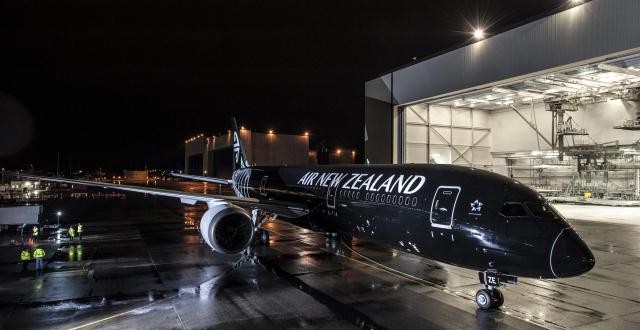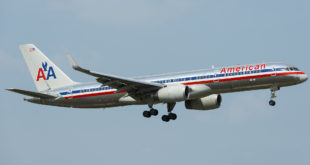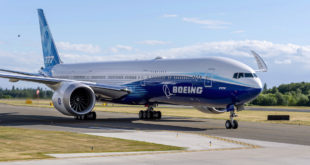Even though it very rarely happens, everyone dreads the failure of an engine at take-off. After all this is the mode of the flight when engine power is required the most. What is not known to most passengers, every aircraft has to prove it can take-off with one engine failed. This is done via “abuse-take-offs” where engine power is intentionally reduced or “engine-out” where one engine is switched off to simulate failure.
This video from Boeing shows how its test and evaluation team conducts testing of the 787-9 Dreamliner that was just delivered to launch customer Air New Zealand. Watch when the engine is deliberately switched off during the take-off run and how the plane slews on the runway before the pilot recovers.
[bsu_youtube_advanced url=”http://www.youtube.com/watch?v=UBdajN4tHKs” width=”640″ height=”360″ controls=”alt” autohide=”yes” showinfo=”no” rel=”no” modestbranding=”yes” theme=”light”]Feel confident in air travel.
 Bangalore Aviation News, Reviews, Analysis and opinions of Indian Aviation
Bangalore Aviation News, Reviews, Analysis and opinions of Indian Aviation




Very misleading title. I was looking for the moment where the aircraft actually ‘failed’ the engine testing. It just an “engine fail” test. Perhaps rename it to “engine failure testing”?
Thanks for the suggestion. The title is updated. I hope you find this acceptable.